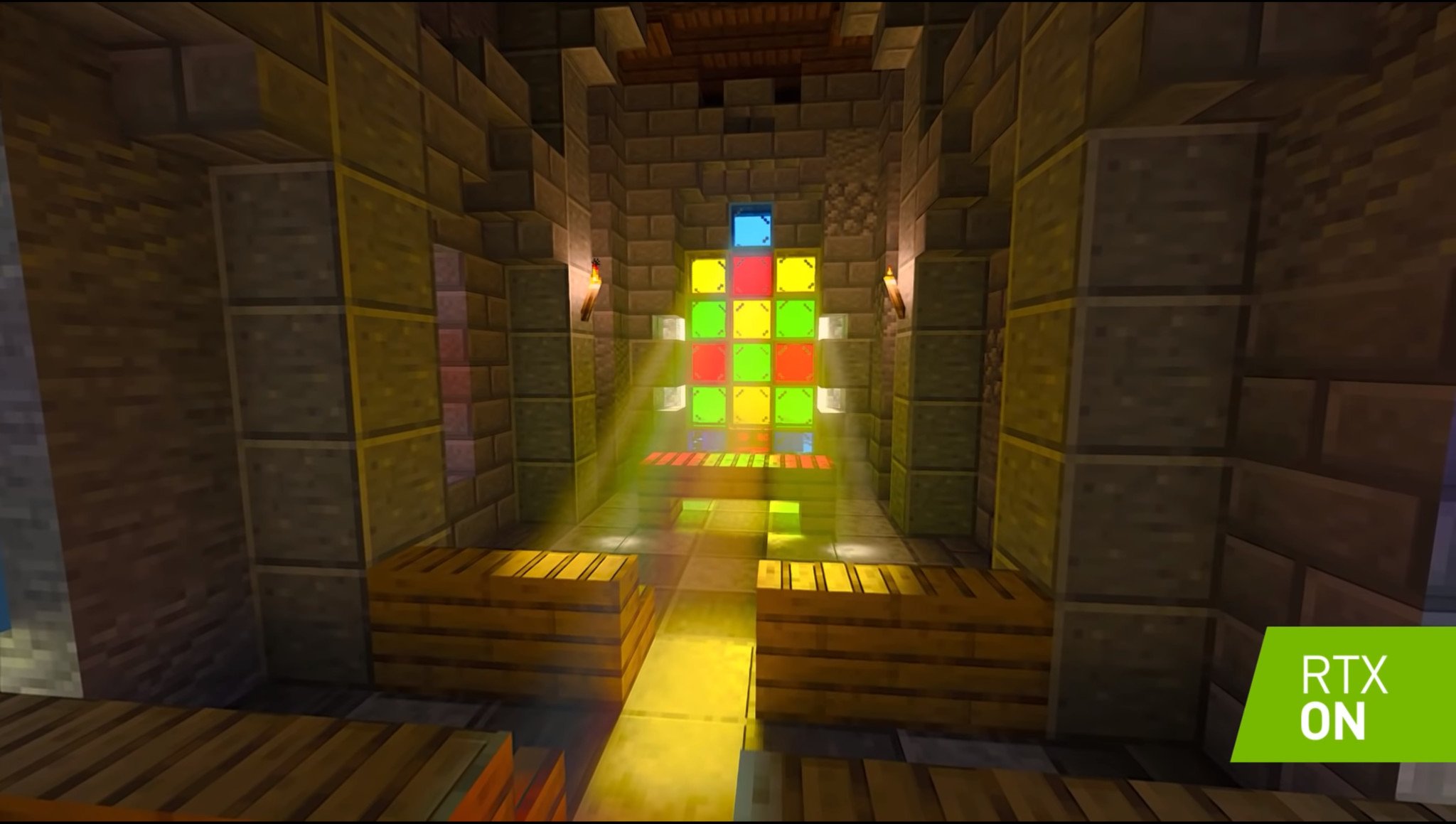NVIDIA showcases ray tracing and DLSS support for ARM processors

What you need to know
- NVIDIA debuts ray tracing and DLSS support on ARM-based processors at the Game Developers Conference (GDC).
- The tech was demonstrated on a system with a MediaTek Kompanio 1200 CPU and RTX 3060 GPU.
- Gamers will soon have the choice between x86 (AMD, Intel) and ARM for RTX gaming.
NVIDIA used the Game Developers Conference (GDC) to debut technical demos pairing GeForce RTX tech (ray tracing and DLSS) with an ARM processor from MediaTek. This is a major step forward for the company to open up support for the technologies on processors that are often found in more power-efficient hardware.
The two demos at GDC included Wolfenstein: Youngblood with real-time ray tracing reflections and DLSS enabled on an ARM-based platform, as well as The Bistro with RTX Direct Illumination (RTXDI) and NVIDIA Optix AI-Acceleration Denoiser (NRD) enabled. The platform in question had a MediaTek Kompanio 1200 CPU and NVIDIA RTX 3060 GPU.
This was made possible thanks to NVIDIA porting across software development kits (SDKs) to ARM, including DLSS, RTXDI, NVIDIA Optix AI-Acceleration Denoiser (NRD), RTX Memory Utility (RTXMU), and RTX Global Illumination (RTXGI). It'll be interesting to see if we reach a point where the choice for gaming PCs is not only AMD and Intel but ARM processors too.
Get the Windows Central Newsletter
All the latest news, reviews, and guides for Windows and Xbox diehards.

Rich Edmonds was formerly a Senior Editor of PC hardware at Windows Central, covering everything related to PC components and NAS. He's been involved in technology for more than a decade and knows a thing or two about the magic inside a PC chassis. You can follow him on Twitter at @RichEdmonds.
